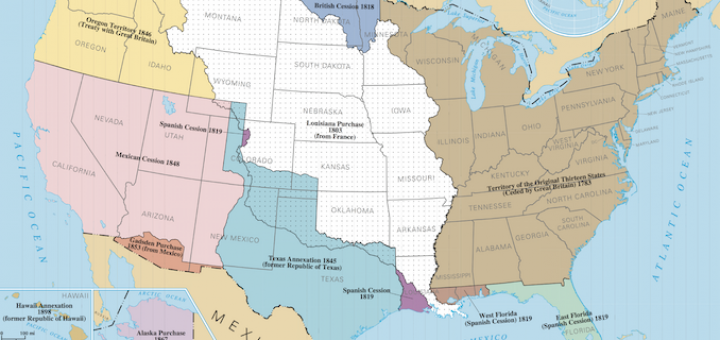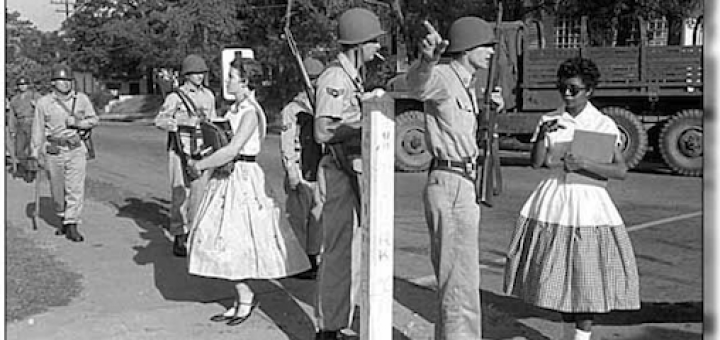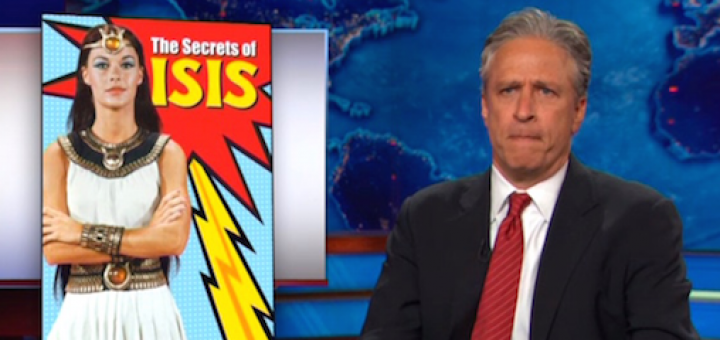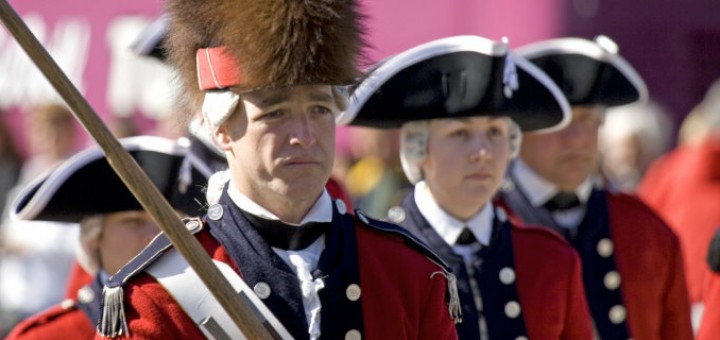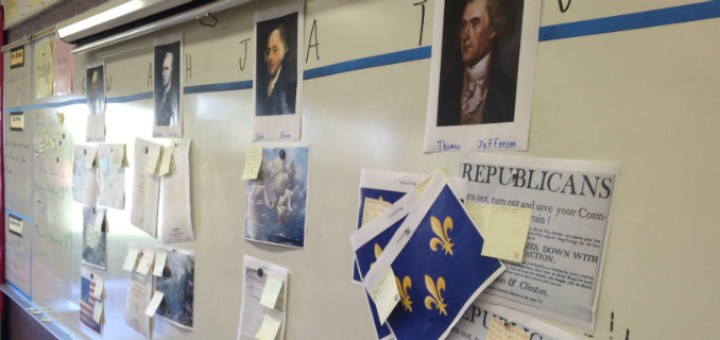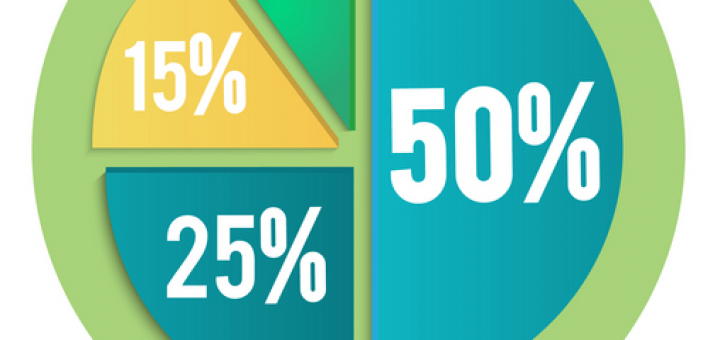Category: Future of History
What do middle school students gain and lose in a thematic history curriculum? Sarah Cooper relays her experiences with both theme and chronology approaches, finding strengths in each, as national standards shift from facts and dates to skills and big questions.
The new series Engaging With History in the Classroom can build historical thinking & help meet standards, say Jody & Shara. Lessons, primary sources & discussion groups bring the American Revolution, Civil War, Post Reconstruction & Civil Rights Era to life.
Should middle grades history classrooms emphasize project learning or teacher lecture? Written or activity-based assessment? Student inquiry or teacher designed units? Teacher Jody Passanisi considers the pros and cons and wonders about the right blend.
Sarah Cooper leaves her MS classroom behind for a few hours to experience life as a history student again. Her online course proves calming and stimulating, challenging and refreshing. She sees how content area PD can strengthen her classroom practice.
The Concept Attainment teaching strategy has students analyze an idea by comparing it to contrasting ideas and determining its special characteristics. When Jody and Shara used the strategy, their history students grasped and retained the content better.
Like many history teachers, Sarah Cooper begins her classes with a current events discussion. Sometimes it can be harrowing, “especially when acts of terror occupy the stage.” She reflects on ways teachers can help students cope through positive action.
When student teams create skits to gain perspective on different aspects of the same historical event, they may begin to grasp complexity of history. Sometimes they leap to fresh insights, as they did during a Revolutionary battle in Jody Passanisi’s classroom.
The Common Core expects students will support claims with evidence from a text. History teacher Aaron Brock shares an innovative technique he created to help weak readers in his under-resourced urban school develop an understanding of this process.
When students created a current issues exploratory, Jody Passanisi found they not only showed great compassion and understanding–as well as anger–about world events, but they stepped up to lead the class and drive an open, research-supported inquiry.
Teaching history students to interpret charts and graphs is often difficult, especially when their grasp of math is limited. In his low-literacy middle school, Aaron Brock used a small-group, high-interest graphing project to build skills and understanding.

